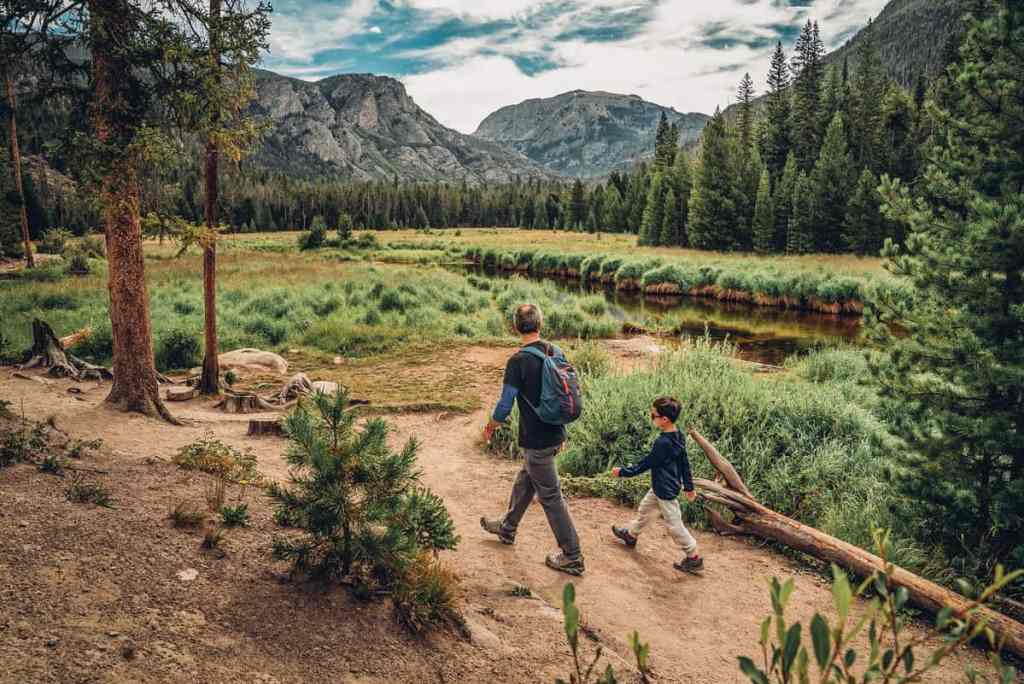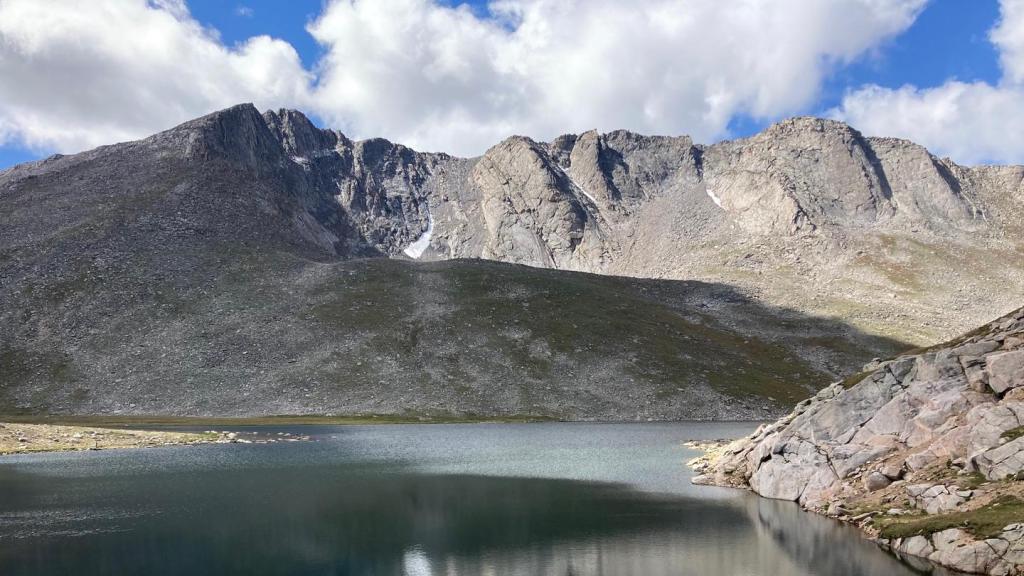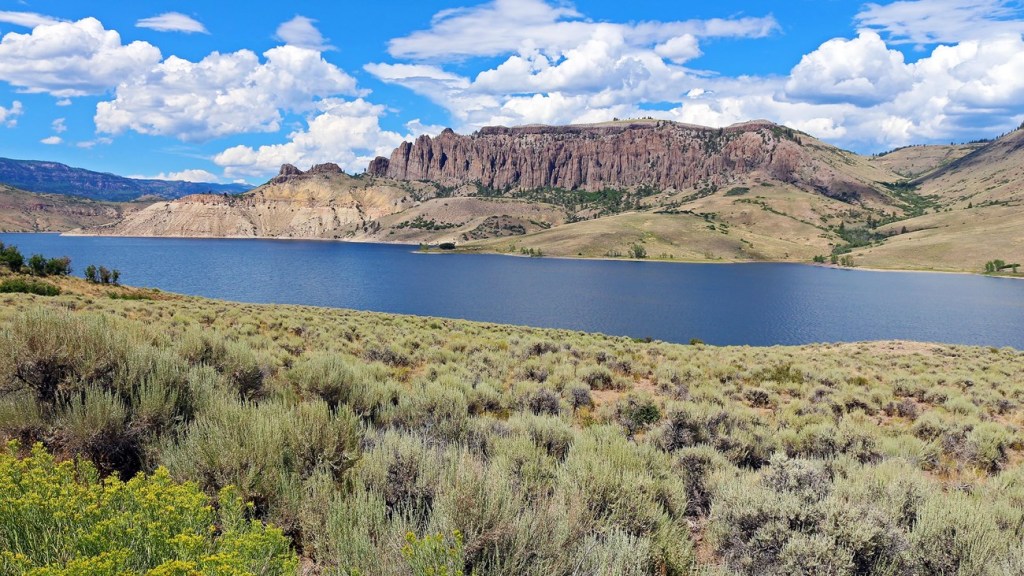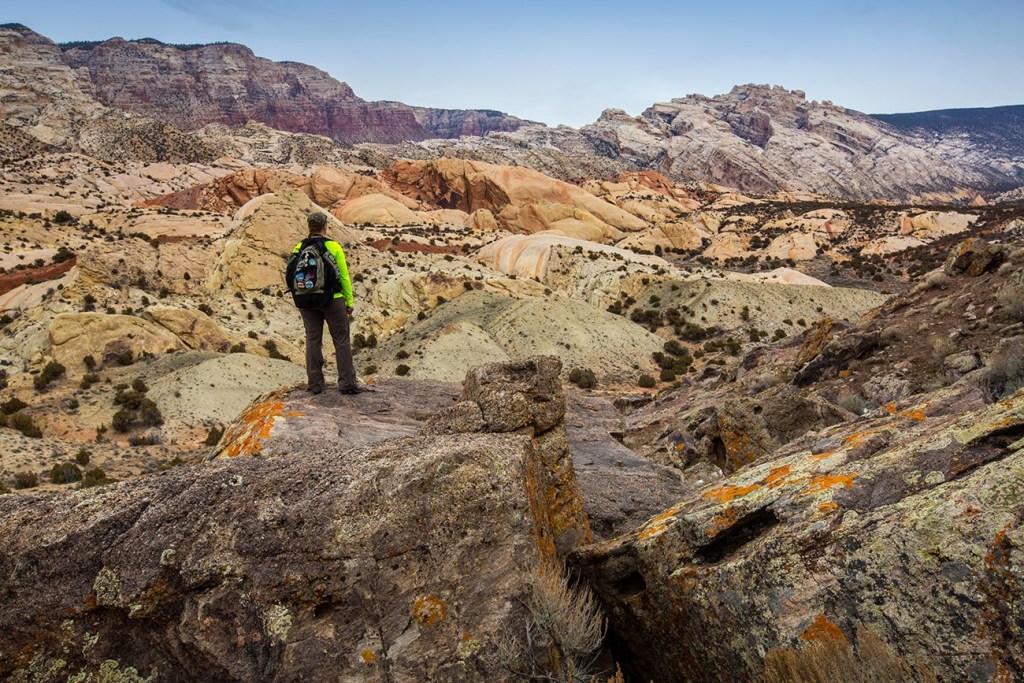Anyone who loves nature usually loves Colorado, too.
Its natural wonders are worth a visit any time of the year. But thanks to the Rockies and their annual snowfall, visits in autumn and winter are especially ideal.
Whether looking to soak up fall foliage from hiking trails or enjoy the perfect ski trip in Aspen, visitors rightfully think of Colorado when the weather turns cold.
For me, this period is prime B&B season. When the temperature drops and the leaves change colors, we start dreaming of curling up by a cozy fire and sipping on something warm.
It’s a time for quiet reflection, spending time with loved ones, and enjoying seasonal treats like spiced ciders and apple fritters.
And while I love a good Airbnb rental and a solid hotel, places like Colorado are too full of rugged charm to avoid the allure of a bed and breakfast.
Looking for the ultimate in cozy travels? Stay at one of the best bed & breakfasts in Colorado as autumn ushers in the snowy winter.
Best bed & breakfasts in Colorado
Best big-city option: Capitol Hill Mansion Bed & Breakfast Inn
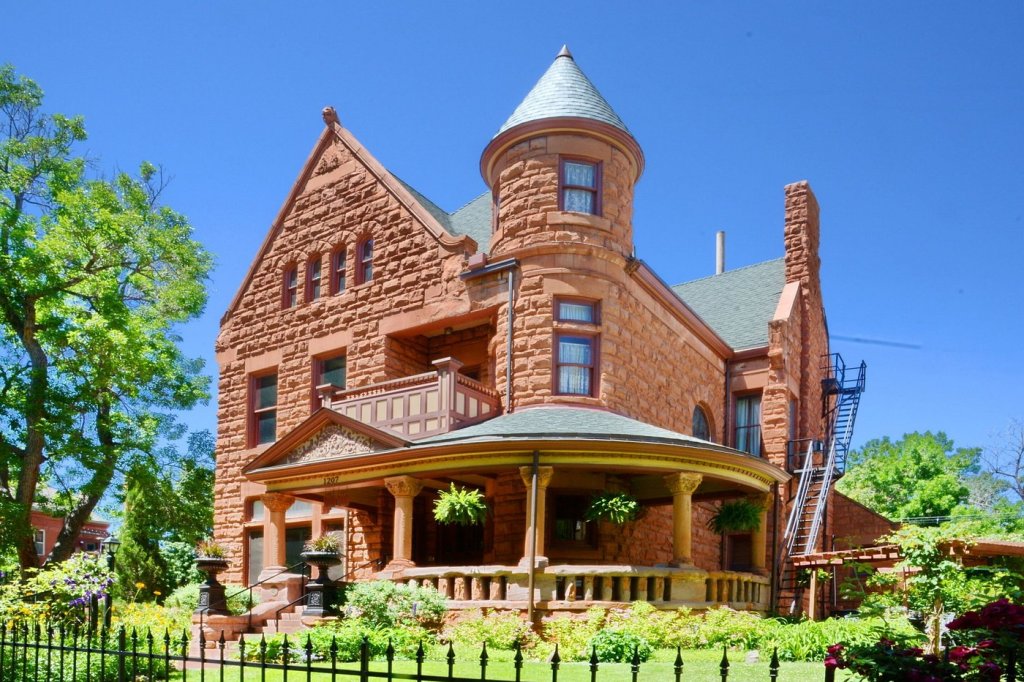
Denver
If you’ve spent any time in Denver, you might have noticed this stately building before.
The Capitol Hill Mansion Bed & Breakfast was once one of the most famous abodes in the city of Denver. In fact, it’s a State and National Landmark thanks to its historical appeal.
The interior and exterior have been renovated to maintain the charm and features of the original building. The result is a well-preserved glimpse into the past.
That being said, it’s the more modern luxury features that make this B&B stand out. There’s a gourmet fine dining experience available from resident chef Carl S. Schmidt II, for example.
Best for families & events: The Inn on Fall River
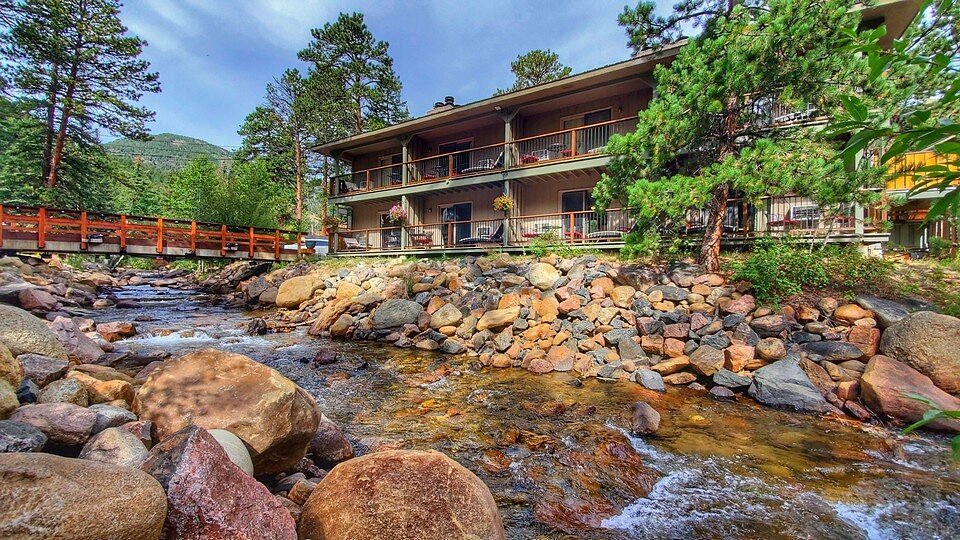
Estes Park
This location is a popular choice for wedding parties and large gatherings.
It offers a fantastic balance between charming communal spaces and natural wonders. The sound of the relaxing Fall River is never far out of earshot while towering mountains are visible from the patios and balconies.
I also enjoy the classic ‘feel’ that The Inn on Fall River offers.
It has all the woodwork you’d expect to see from a more rural B&B, along with plenty of outdoor spaces that let guests really enjoy their surroundings. I imagine that makes it ideal for families that also want to lounge around between busy hiking days.
Most historic bed and breakfast: The Avon
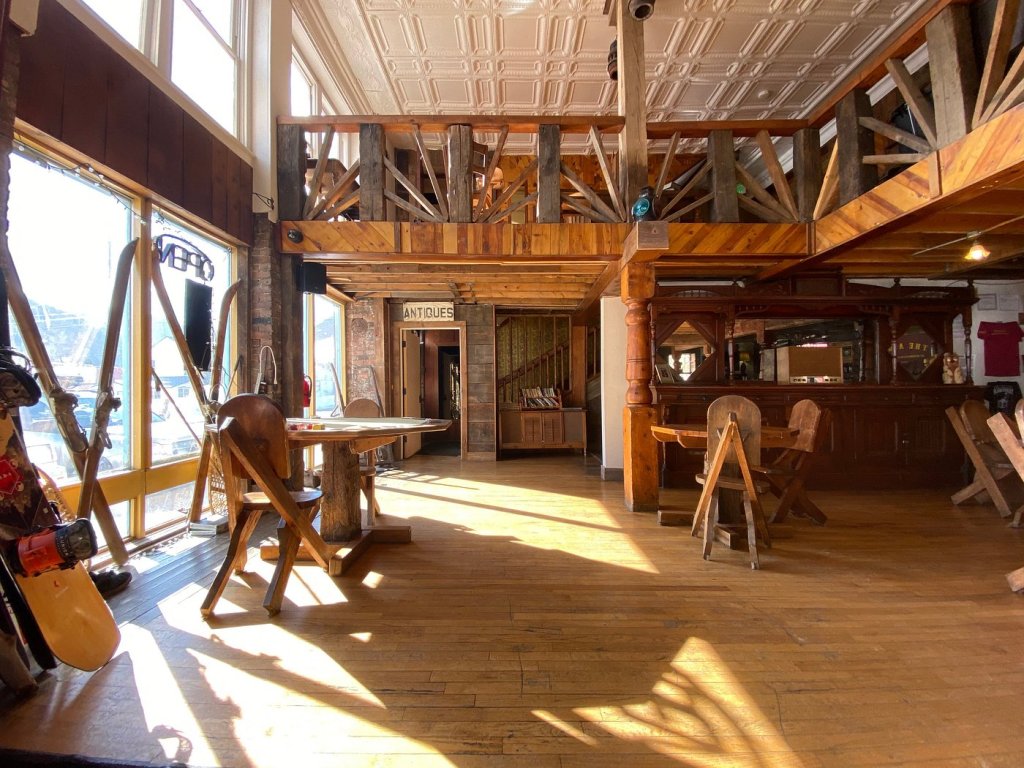
Silverton
Silverton is a former mining town that looks like something out of a picture book. From its dining to its museums, the town perfectly captures the feeling of the frontier days.
At The Avon, guests stay right in the center of the old town’s main street in a classic, red-brick building. It’s been newly updated to offer more modern amenities without losing its historical appeal.
I’m talking, there’s a large wood stove in the lobby and wooden rafters that look like they date back to the saloon days of yore. It’s mismatched and eclectic in all the right ways.
More luxurious bed & breakfast: The Nordic Inn
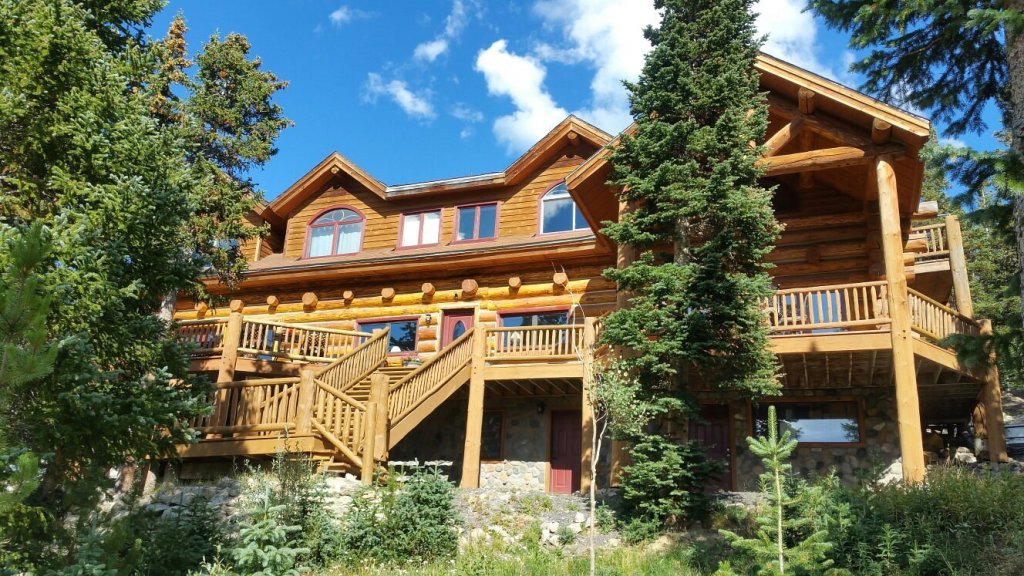
Crested Butte
Who says you can’t have a five-star experience at a B&B?
At the Nordic Inn, guests are treated to a unique stay in downtown Crested Butte that connects them to some of Colorado’s best skiing trails.
I love the alpine feel of this location. The communal fireplace is large and ornate with plenty of seating for guests to mingle at the end of a long day.
On top of that, its rooms have a simple and clean design that makes it more like a traditional hotel stay. Combined with the range of natural wonders in the surrounding area, that makes this a more luxurious B&B option.
Most romantic bed & breakfast: Romantic RiverSong Inn
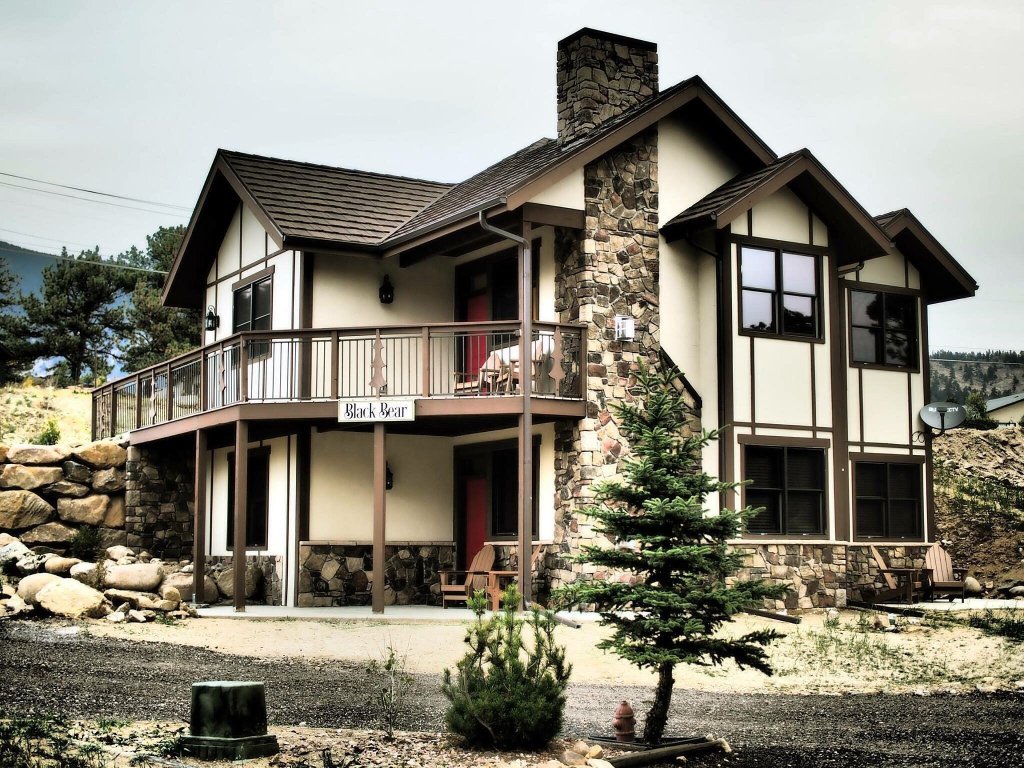
Estes Park
Looking for intimacy at your B&B stay?
RiverSong Inn is a great choice thanks to its in-room amenities. Some options include wood-burning fireplaces, while others have jacuzzi tubs. Some even have cozy reading nooks and stained glass windows.
At RiverSong, there are dozens of romance-centric details to gush over. But I recommend taking a look at the rooms before booking so that you can request which one you like the most.
Aside from its romance-centric features, the B&B is also located within walking distance of amazing hiking trails.
